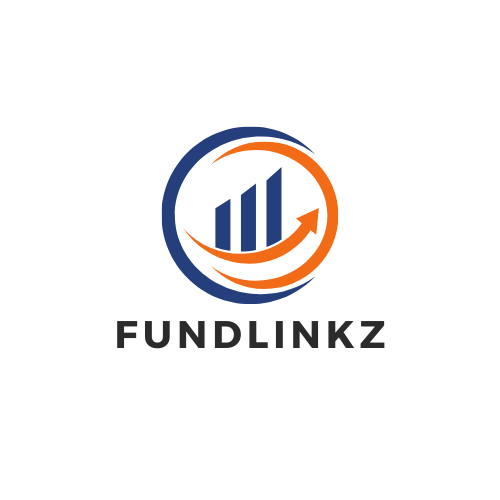Are you curious about the differences in interest rates between federal and private student loans? Understanding the nuances of these two types of loans can help you make informed decisions about financing your education. Federal student loans typically offer fixed interest rates set by the government, providing stability and predictability for borrowers. On the other hand, private student loans may offer variable interest rates that fluctuate based on market conditions and creditworthiness, potentially leading to lower initial rates but higher long-term costs. Consider exploring both options to determine the best fit for your financial needs and goals.
What Are The Differences in Interest Rates Between Federal and Private Student Loans?
Have you ever wondered about the variations in interest rates when it comes to federal and private student loans? Understanding these differences is crucial in making informed decisions about financing your education. Let’s delve into the details to help you navigate the world of student loans more effectively.
Federal Student Loans: An Overview
Federal student loans are funded by the U.S. Department of Education and offer several benefits compared to private loans. One of the key advantages is the fixed interest rate, which remains the same throughout the life of the loan. This predictability can help you budget more effectively and plan for repayments.
Federal loans also come with flexible repayment options, such as income-driven repayment plans and loan forgiveness programs. Additionally, federal student loans do not require a credit check, making them more accessible to a wider range of students.
Understanding Federal Loan Interest Rates
Federal student loan interest rates are determined by the government and typically vary depending on the type of loan. For example, Direct Subsidized Loans, available to undergraduate students with demonstrated financial need, have lower interest rates compared to Direct Unsubsidized Loans, which are available to both undergraduate and graduate students regardless of financial need.
The interest rates for federal student loans are set annually and are based on the yield of the 10-year Treasury note. This means that the rates can change from year to year, so it’s essential to stay informed about the latest updates.
Here is an overview of the current interest rates for federal student loans as of 2021-2022:
| Loan Type | Interest Rate (Fixed) |
|---|---|
| Direct Subsidized Loans | 3.73% |
| Direct Unsubsidized Loans (Undergraduate) | 3.73% |
| Direct Unsubsidized Loans (Graduate or Professional) | 5.28% |
| Direct PLUS Loans (Parents and Graduate or Professional Students) | 6.28% |
Private Student Loans: A Closer Look
Private student loans, on the other hand, are offered by banks, credit unions, and online lenders. Unlike federal loans, private loans typically come with variable interest rates, which means that the rate can fluctuate based on market conditions. This variability can lead to uncertainty in terms of repayment amounts.
Private student loans also require a credit check, and the interest rate you receive will depend on your creditworthiness. Borrowers with higher credit scores may qualify for lower interest rates, while those with lower scores may face higher rates or require a cosigner to secure the loan.
Comparing Federal and Private Loan Interest Rates
When comparing federal and private student loan interest rates, it’s essential to consider the advantages and disadvantages of each option. Federal loans offer fixed interest rates and various repayment options, making them more predictable and borrower-friendly. Private loans, on the other hand, may offer lower interest rates for borrowers with excellent credit but come with the risk of rate fluctuations and less flexibility in repayment terms.
It’s crucial to weigh your options carefully and consider your financial situation, credit history, and future repayment capabilities. While federal loans are generally recommended due to their borrower protections and benefits, private loans can be a viable option for students who have exhausted federal aid or need additional funding.
Factors Influencing Interest Rates
Several factors can influence the interest rates offered on federal and private student loans. Understanding these factors can help you navigate the borrowing process more effectively and make informed decisions about your loans.
Credit History
Your credit history plays a significant role in determining the interest rate you receive on private student loans. Borrowers with excellent credit scores are more likely to qualify for lower rates, while those with poor credit may face higher rates or struggle to secure financing.
Market Conditions
Market conditions, including economic trends and the Federal Reserve’s interest rate policies, can impact the interest rates on private student loans. Variable rate loans are particularly sensitive to market fluctuations, so borrowers should be prepared for potential changes in their repayment amounts.
Loan Repayment Term
The repayment term of the loan can also affect the interest rate. In general, shorter loan terms tend to have lower interest rates, while longer terms may come with higher rates. Consider your financial goals and capabilities when choosing the repayment term that works best for you.
Making Informed Decisions
When choosing between federal and private student loans, it’s important to conduct thorough research and consider all relevant factors. Evaluate the interest rates, repayment options, borrower protections, and overall terms of the loan to determine which option aligns best with your needs and financial situation.
Remember that taking on student loan debt is a significant financial commitment, and responsible borrowing practices are essential to avoid future financial hardships. Consider seeking guidance from a financial aid advisor or student loan counselor to ensure that you make informed decisions about your educational financing.
By understanding the key differences in interest rates between federal and private student loans and exploring the factors influencing those rates, you can navigate the borrowing process more effectively and secure the funding you need for your education. Keep these insights in mind as you explore your loan options and embark on your academic journey.


